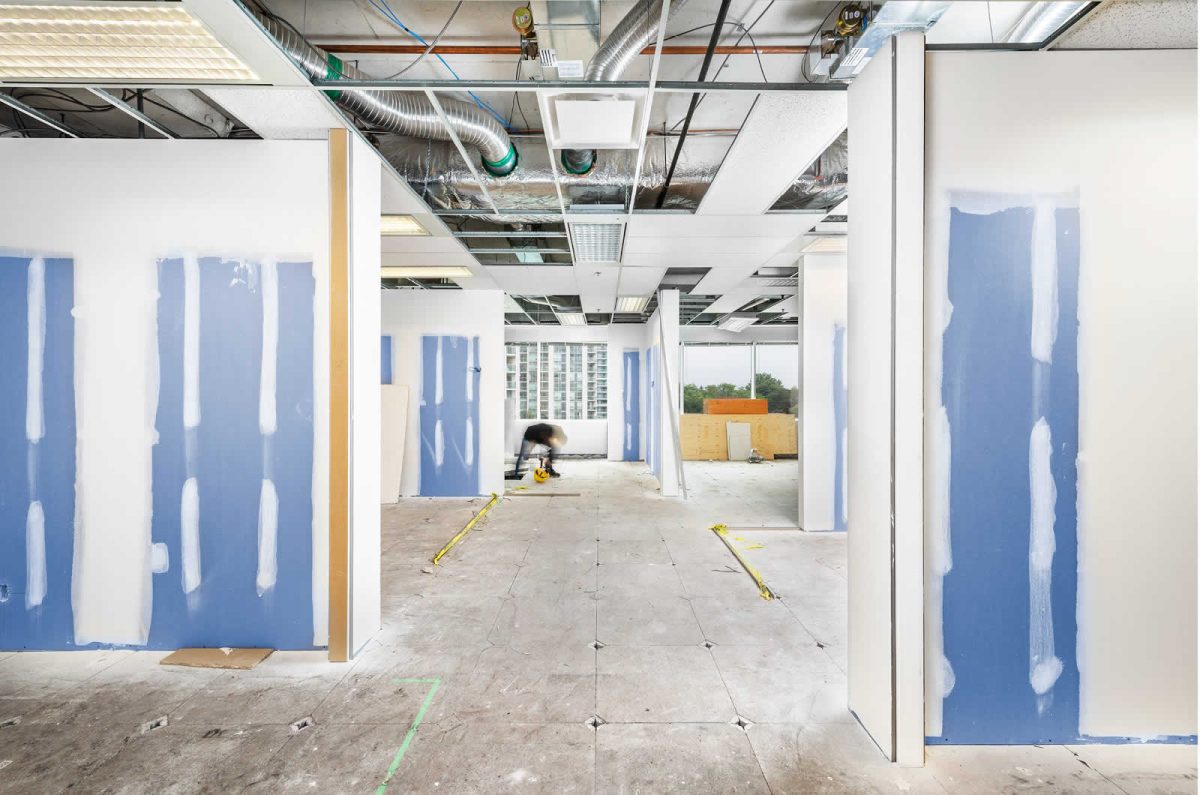Top construction trends to watch
04.02.2019
Like it is for most business owners, January has been a month of planning – and I don’t think anyone would disagree with the prediction that for 2019, the commercial construction industry will continue to boom. But although that may be good for us all in the architecture, design, and construction management sectors, another busy year of growth is not without its implications both for vendors and clients. So if you’re planning a move, a renovation, or a new build this year, here’s what you should be prepared to see.
Cost of materials are going up – so be sure to plan for contingencies.
There’s a whole bunch of factors at play in the fluctuating cost of materials – from increased market demand to tariffs, but regardless what happens south of the border, the overall price of materials is not going to come down anytime soon. In some cases, costs are going up by 30 percent.
So what can you do to mitigate the impact of rising materials? The trick is to build in flexibility into your estimates and your plans. Build in contingencies, so you have buffers in case of a price spike. Put time-limitations on estimates and quotes so stakeholders recognize prices can change.
Labour shortages can lengthen timelines.
On the construction management side, labour shortages have been the biggest downside of the economic upturn. We’ve all talked at length about how hard it is to find good, skilled workers. But what many people aren’t talking about is the shortage of workers at the City of Toronto – in particular, the lack of inspectors due to attrition and automation.
Many inspectors have left the City and have been replaced with an online system that makes getting an inspector out to your facility a lot less flexible than it used to be. I used to be able to call an inspector directly to negotiate coming down to my site to meet a deadline – now you don’t have that number to call – it’s all managed via the online system. And there’s not much opportunity to negotiate with a computer.
This shortage of inspectors can affect building close-outs – so be sure to plan your close-out schedule accordingly.
Open space plans will still reign.
On the design end, even though there’s been plenty of talk about an open office backlash – there’s always going to be continued demand for open offices to accommodate pressures on real estate footprints. Simply stated, open office plans make good business sense, and that’s not changing.
But because we’re recognizing that open office plans can negatively impact productivity, it’s more important to plan for mechanical noise controls and modular meeting spaces and collaboration rooms that can support private conversations.
New inventory will finally be available.
The good news for those looking for commercial office space is that, after 30 years of shortages, there will be plenty of new inventory opening up. New towers in downtown Toronto are nearing completion, which will undoubtedly alleviate the pressure on spaces in other buildings. Of course, there are plenty of occupants already vying for space – but if you’re looking to make a move, the next year or so is going to be the time to do it.

 Back to Journals
Back to Journals 



